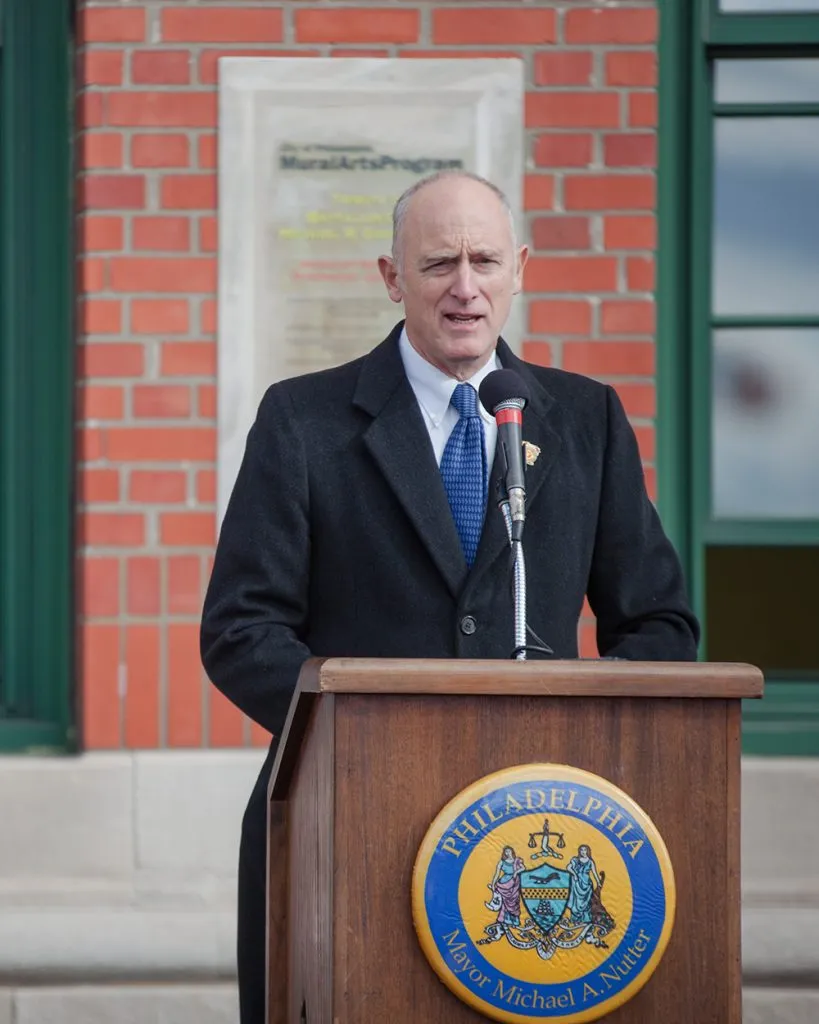Jesse Gardner
Jesse J. Gardner was born in Madison, Wisconsin in 1956. The son of teachers and writers, he grew up on farms in Vermont’s Northeast Kingdom and Cape Breton Island in Canada. He has lived the life of his subjects, working as a volunteer firefighter at the Pine Plains Hose Company #1 in the late 1970’s, as a long distance trucker and as a construction worker. At age 24, at the advice of an early mentor, Paul Chaleff, he moved to New York City to further his studies in drawing and painting. He went on to study at the Art Student’s League where he was influenced by the works of George Bellows, John Sloan and Robert Henri of the Ashcan School. Another formative influence was the work of Edward Hopper.
He furthered his education at Parsons/the New School where he studied Interior & Garden Design. It is at the New School where he first came into contact with the work of Mexican muralist José Clemente Orozco, who had been commissioned to create the Table of Universal Brotherhood for the school in 1931. These powerful murals, and the works of American Regionalists like Grant Wood and Thomas Hart Benton helped shape Gardner’s ideas about the American worker, and led him to start the Unsung Heroes series. In 1986, he left university to work for Parson professor Halsted Welles, a visionary sculptor and landscape architect. Since the late 1980’s, he has divided his time between design projects for the built environment where he has focused on restoration and transformation of land sites and buildings, and exhibitions of urban landscapes and a portrait series featuring NYC firefighters. For the past 16 years, he has been represented by F.A.N. Gallery in Philadelphia.
In both his landscapes and portraits of American workers, he seeks out the underappreciated and overlooked as subjects. The underlying narrative in the paintings is one of restoration and transformation—a redemption of the forgotten. There is a moment just before the light dies in the evening and the arrival of light in the dawn that he finds poignant and almost heartbreaking. Light and the absence of light are the tools that he uses to reveal transformation and restore dignity to his subjects.
He looks for integrity in the way things are made, a kind of vintage quality, which is revealed in the objects that he paints. The riveted sides of a rusting ship, utility poles with their neatly fastened struts and wires, the trusses of an old bridge. Things that were built by ordinary working class Americans with real skills and pride in their work. Pretty, touristy images are not subjects that interest Gardner. The bones and muscles and sinews of a forgotten industrial America are his subject matter. In a review of the exhibit Rivertown, Leslie Kaufman wrote that “As an urbanist dedicated to environmental issues, [Jesse] Gardner wields his brush as a spotlight—to reveal both what we have lost, and to suggest what might be reclaimed. … In his quest to open our eyes by transforming the industrial landscape, something unintentional has happened. He has created exquisitely beautiful works of art.”
Working primarily on prepared wood panels, he avoids artistic flourishes and facile-looking brushwork, preferring to layer and scrape and move the oil colors around until they narrate a story. Surface and quality and how a work will stand the test of time are important to the artist. The portraits are painted from life in the studio, and the urban landscapes are produced in the studio from multiple sketches and photographs taken on the site.
Gardner is married with two young daughters, and lives and works in an 1880’s textile mill in East Kensington Philadelphia, a decaying neighborhood of row homes and massive old factory buildings that is now experiencing a renaissance.
